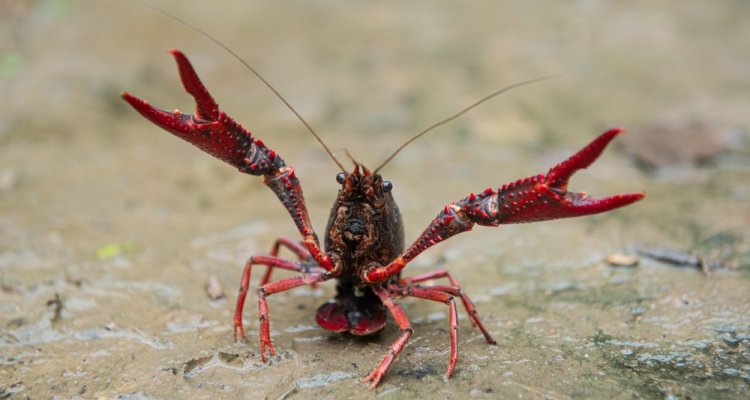
Project
Testing a new tool to study shellfish populations shifts in relation to human activities
The objective of this project is testing of a new tool in the analysis of long-term trends in bivalve populations in relation to human activities, using the development of the American razor clam in the Dutch coastal zone as a case study.
Summary
In the Dutch coastal zone, stock sizes of bivalve shellfish are monitored annually since 1994. Large changes are observed, mostly manifold increases of population sizes. Mechanisms behind these changes are however not understood at all. Knowledge on whether and how these developments are related to changes in human activities and/or climatic changes is important when the effects of policy decisions (fisheries, nature, marine spatial planning) need to be evaluated. For the introduced and dominant E. leei we have indications that their invasion success is facilitated by disturbances of the seafloor. To better understand these developments we will perform analyses on developments of cohorts through time. Cohort analyses, common practice in fisheries science, were never carried out for our shellfish data. In this project we propose to perform spatially explicit cohort analyses, combined with potential explanatory abiotic variables using the American razor clam in the Dutch coastal zone as a case study.